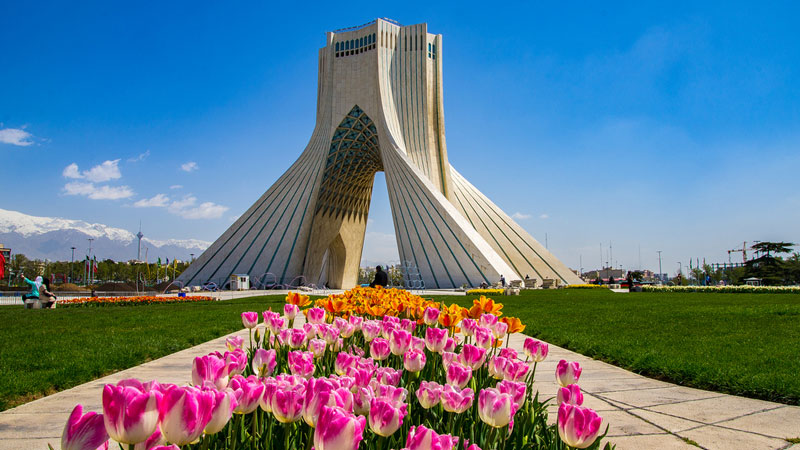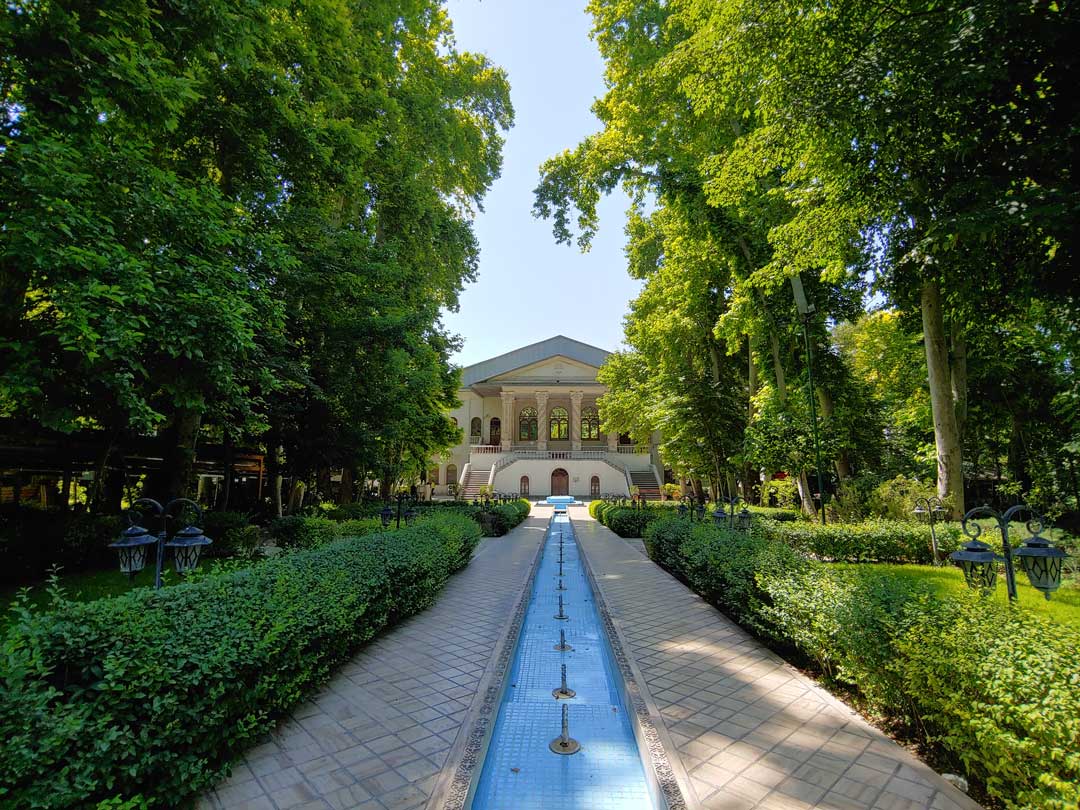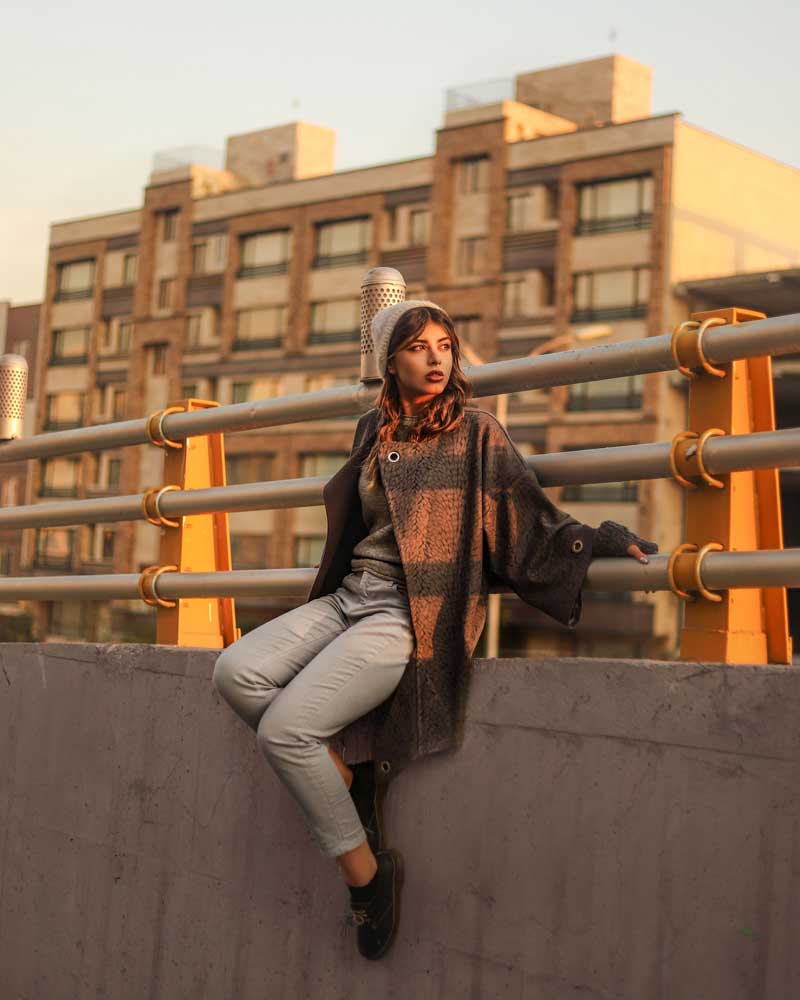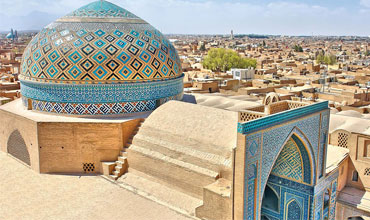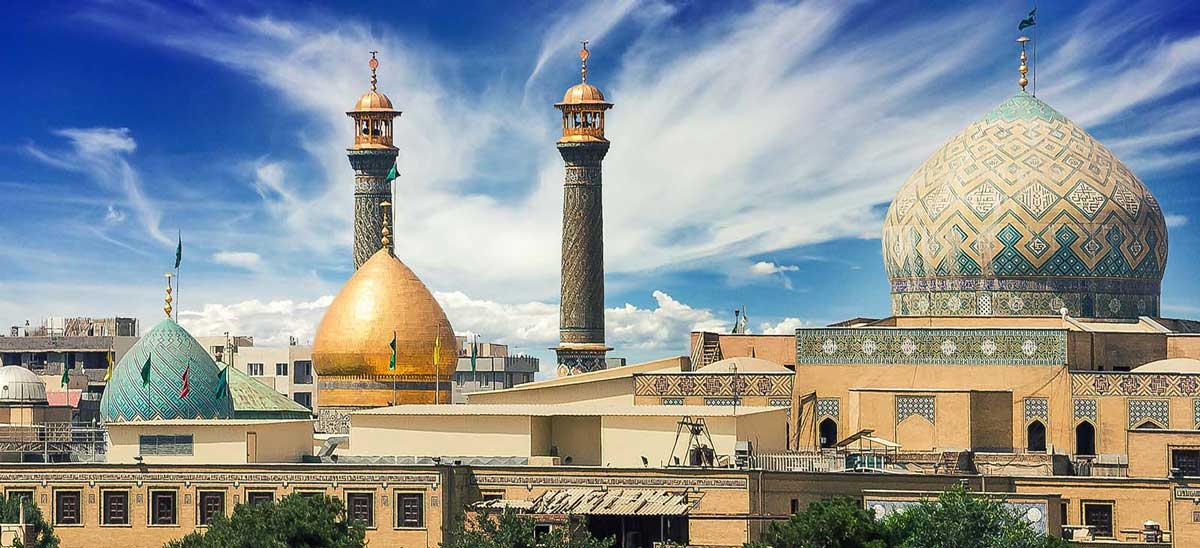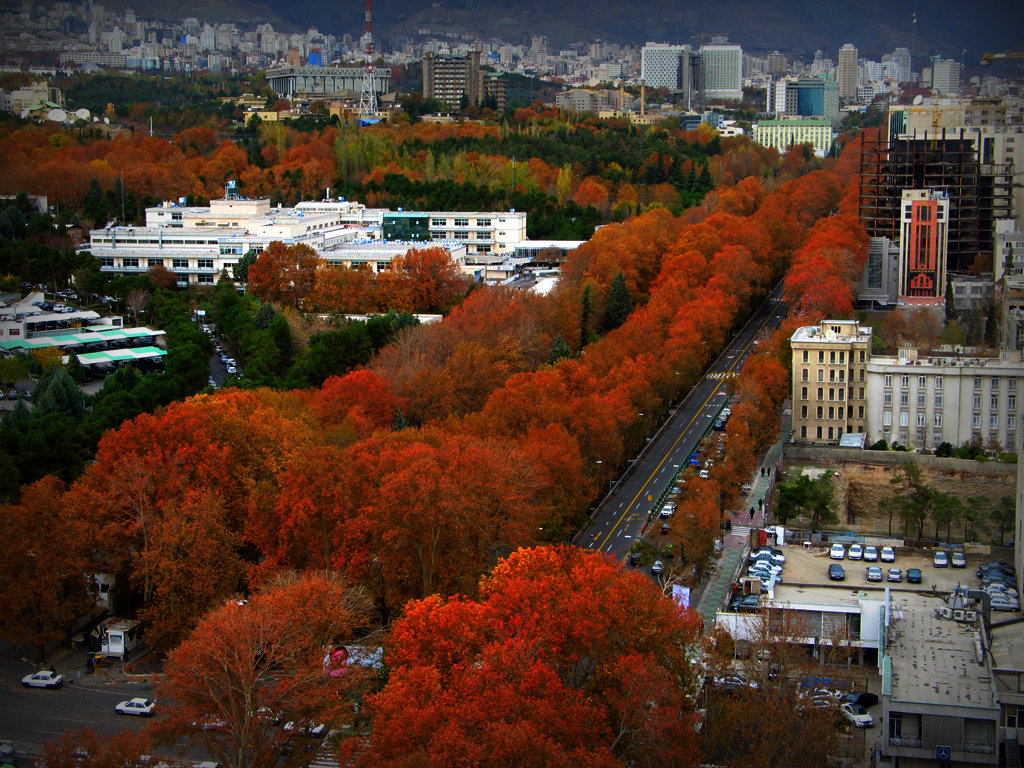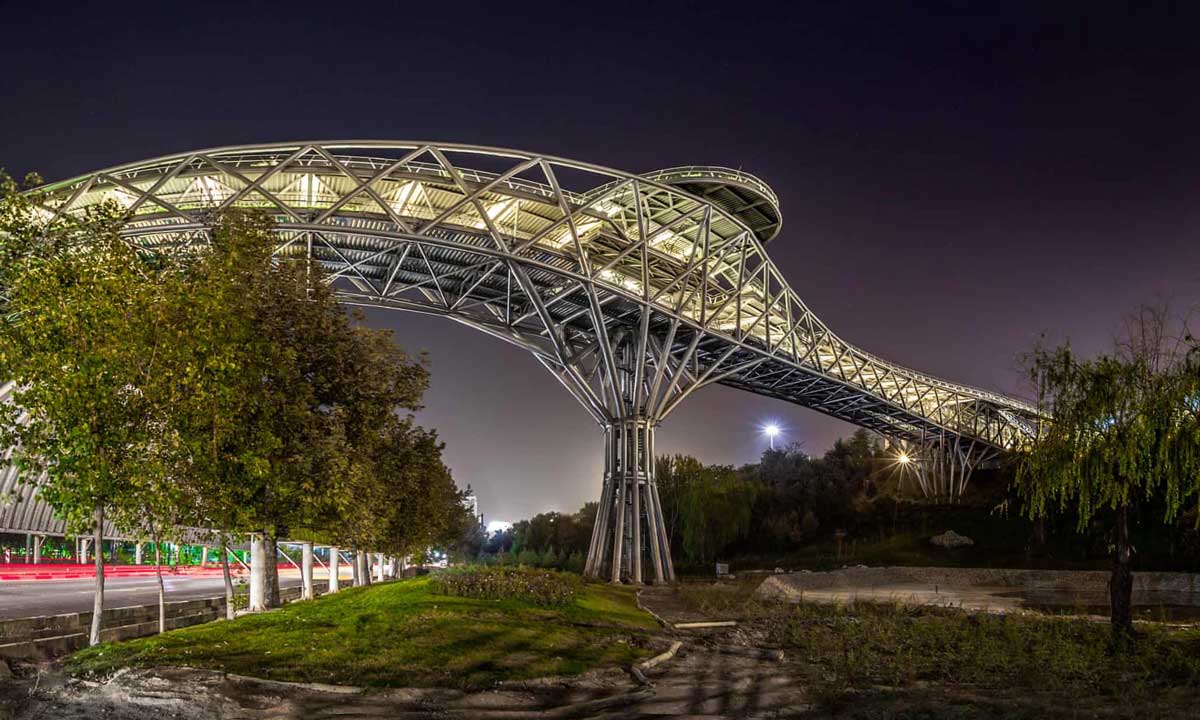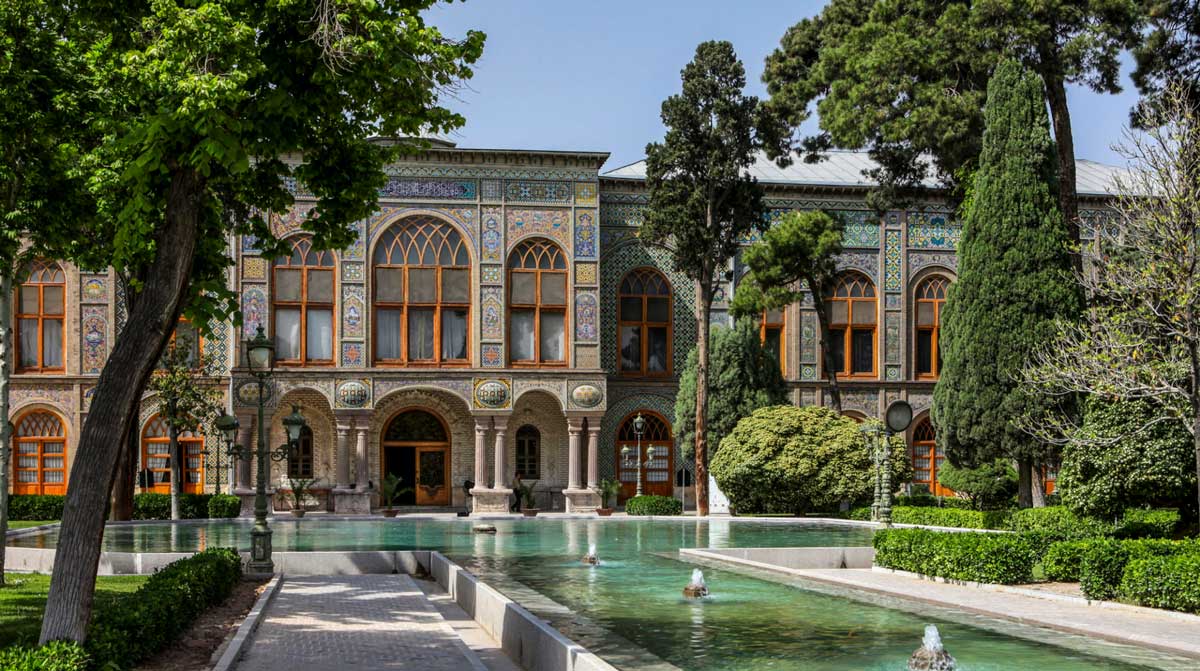Tabiat Bridge
The Tabiat bridge or Bridge of Nature attracts everyone’s attention with its strange and complex form.
This large steel structure at the distance of Tehran’s two major parks, Taleghani and water and fire fields, is so attractive that thousands of people come to Tehran’s Abbasabad area to watch or cross over to it every day.
Instructor’s highway nights traffic is also the hobby of most drivers, watching this bridge decorated with creative lighting. You must walk on this bridge to experience the unique stroll in nature. The sensation that has a different color and smell in each season of the year.
Throughout the world, pedestrian bridges give people plenty to experience the strange sense of passing through bridges, and visitors are eager to follow the designated routes. Walking bridges are very popular in Iran.
For example, in Isfahan,Si-o-se-pol and Khaju Bridge are one of the most spectacular views of the city that pass thousands of tourists every year, but the Tehran Tabiat Bridge is unlikely to be the largest and most interesting bridge in Iran, but also the Middle East.
In the heart of the capital, there are two lush green gardens and beautifully connected. The Tabiat bridge, with its modern and complex design, is more than just a masterpiece of engineering, in fact it is an artwork.
The bridge was built on deep roads along the Abbasabad Roads of Tehran. One side of the Tabiat bridge is Taleghani, a tropical forest park, and the other side is the Gardens, or the famous water and fire park.
When we walk on this magnificent bridge, we can be less indifferent to its metal structure, which is twisted like a collage. It took only a few steps on this bridge to make the emotional feeling of lightness and pendulum between the earth and the sky better.
Almost no one can walk on the bridge when it comes to the traffic jam. Looking at the traffic volume of cars passing from the Modarres highway as one of Tehran’s highways, from that height, is really a less experienced and exciting feeling. Of course, Tabiat Bridge is a place to stop and have fun, rather than a route to cross. On the terraces of the third floor of the bridge, surrounded by beautifully landscaped gardens, you can watch the whole of Tehran and the various landscapes of Abbasabad with a 360-degree view.
Alborz Mountains on the one side and the endless plain of Tehran plain on the other side have stunning landscapes. Another special attraction of this bridge is its night, which is not only brings a different direction to the unique lighting of the bridge, but also the city’s landscape with all its lights and colors, puts everyone in its place.
The tall towers of northern Tehran, the countless houses in the southern half of the city, and the streets that line all of Tehran with their lights, are also spectacular above the Tabiat bridge. Watching the long queue of cars passing from the highways also throws light on photography.
When it comes to photography. You can see pictures of the sky, green forests, Alborz mountains, busy highways, Milad Tower and the largest flag of Iran clearly.
Experience the Walking in the Heart of Tabiat bridge
that roots in the culture and nature of Iran.
